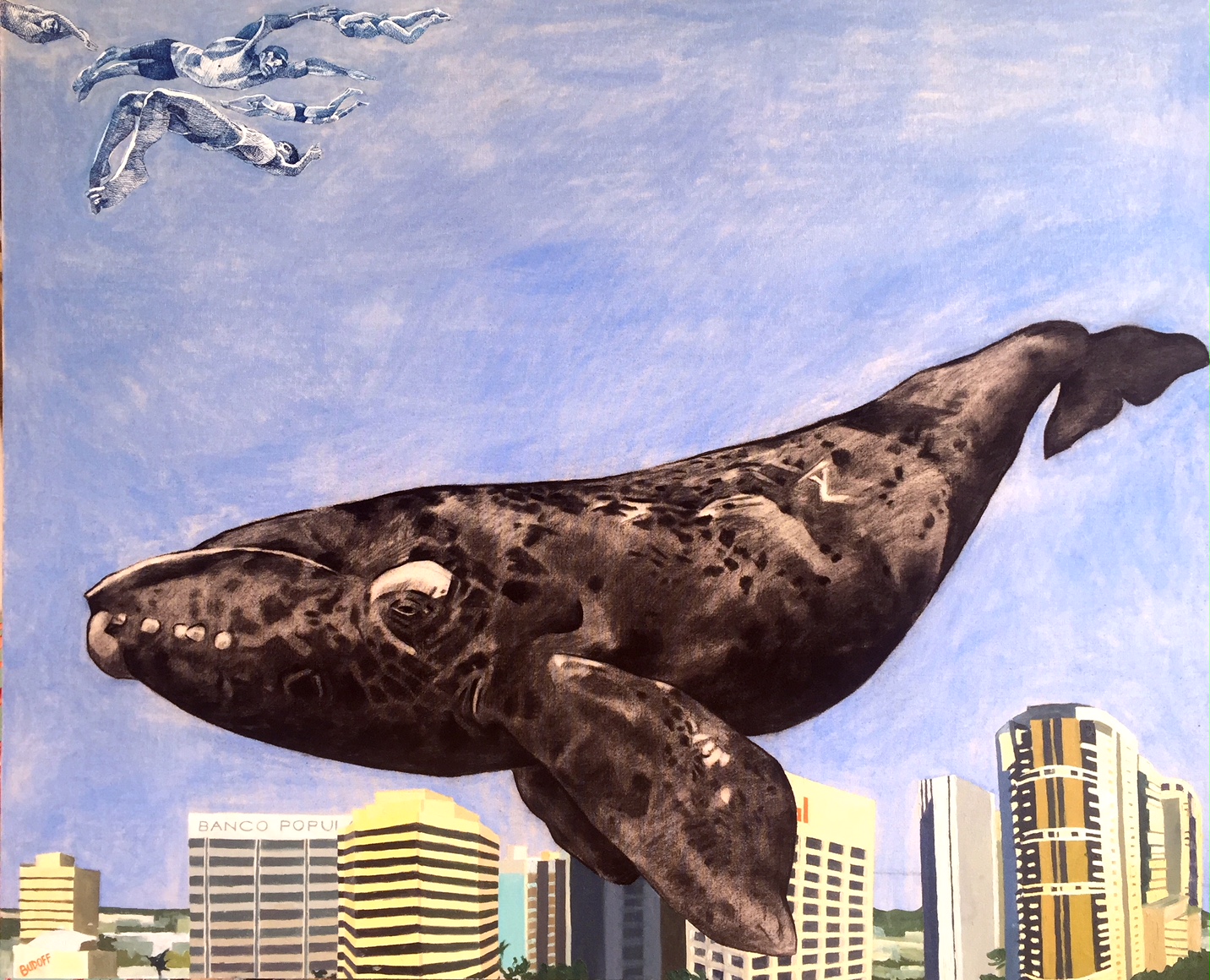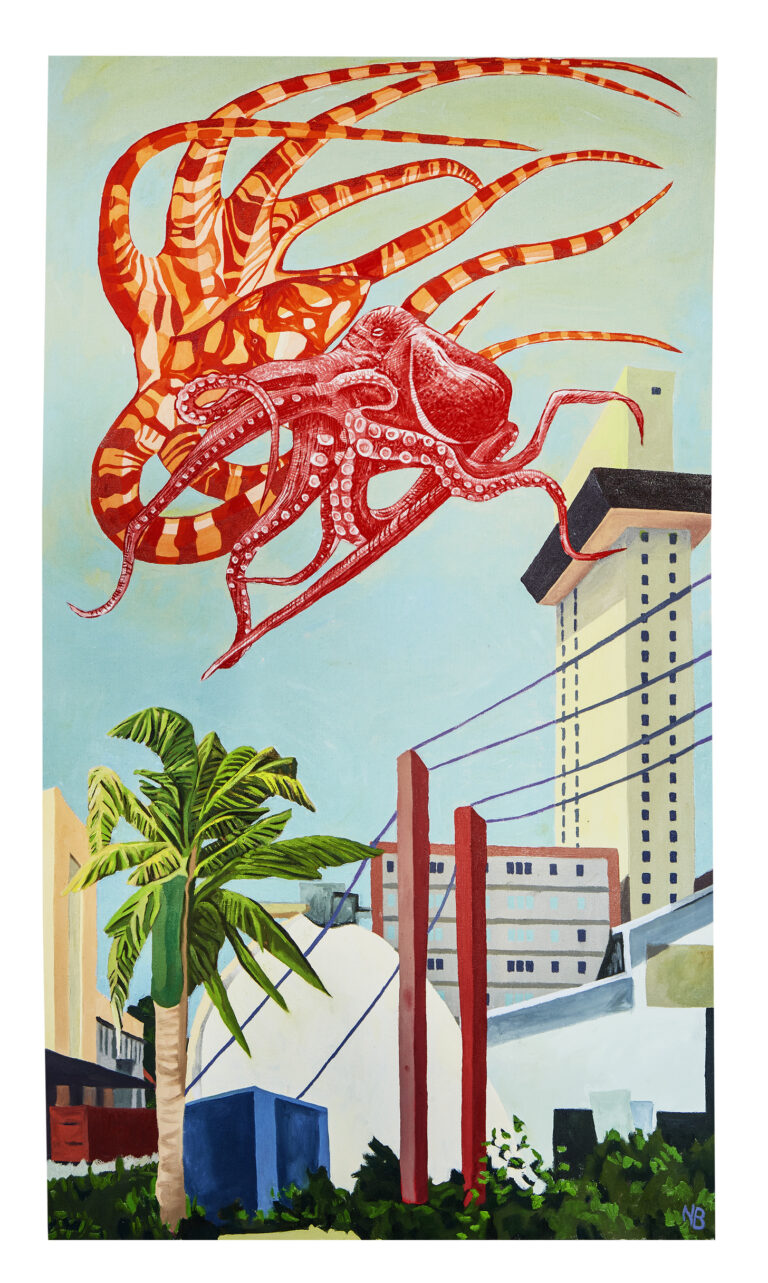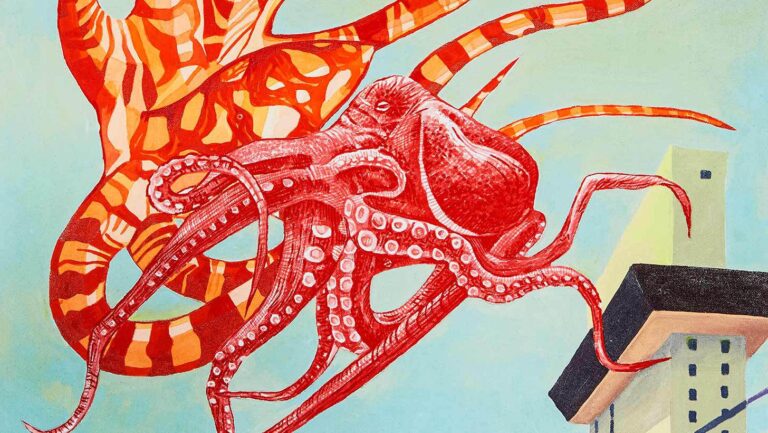Culture Shock: Vital Growth
516 Arts Exhibition Brings Puerto Rican Art To Abq


Nathan Budoff, “Cosmic Love,” 2017. Oil and shellac-based ink on canvas, 45 x 24 inches
Nathan Budoff

Nathan Budoff








